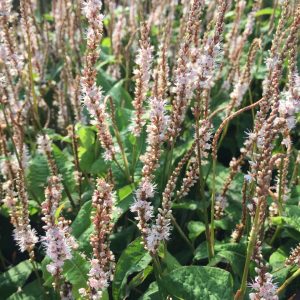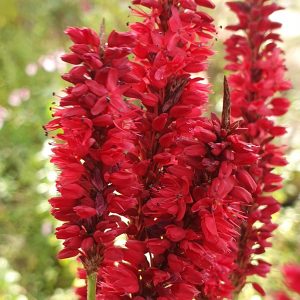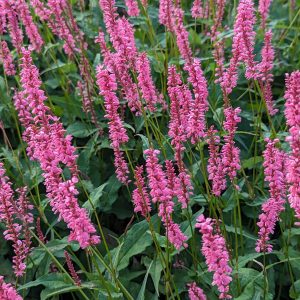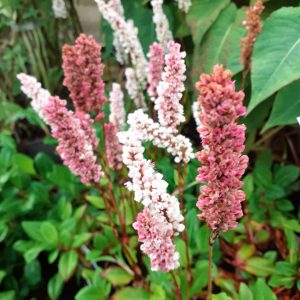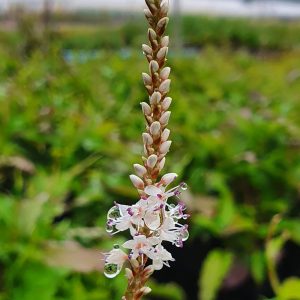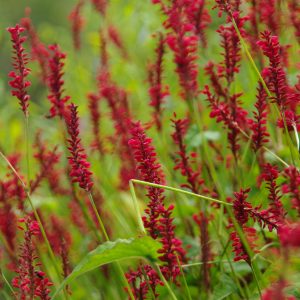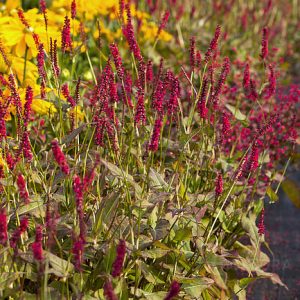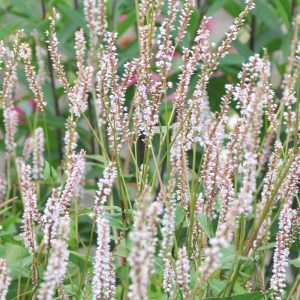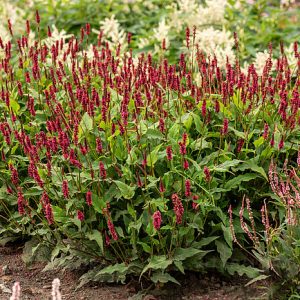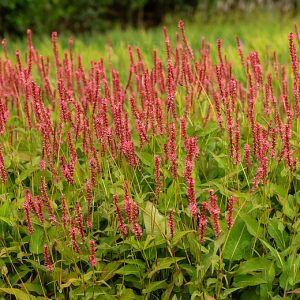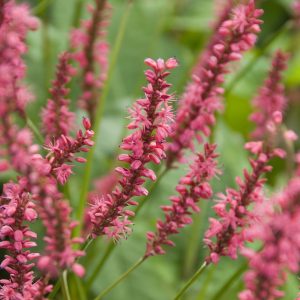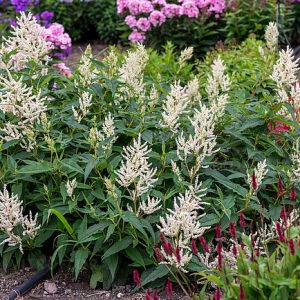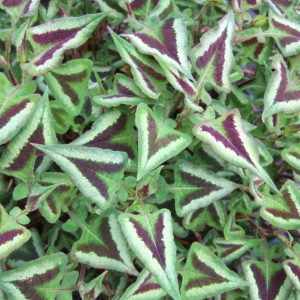Persicaria, also known as Smartweed or Knotweed, is a versatile and resilient plant that can thrive in various garden settings. Follow these guidelines to ensure successful planting and establishment of your persicaria plants.
Site Selection
Sun Exposure: Persicaria generally prefers full sun but can tolerate partial shade. Choose a location that receives at least 6 hours of sunlight per day.
Soil Quality: Well-draining soil is crucial for persicaria. Amend heavy or compacted soil with organic matter to improve drainage.
Planting Time
Spring or Autumn: Plant persicaria in the spring or autumn when the soil is workable, and temperatures are mild. Avoid planting during the hottest part of summer.
Planting Procedure
Digging the Hole: Dig a hole twice as wide as the root ball of the persicaria plant. The depth should match the height of the root ball.
Placement: Place the plant in the centre of the hole, ensuring the top of the root ball is level with the soil surface.
Backfilling: Fill the hole with soil, gently packing it around the roots. Water thoroughly to settle the soil.
Watering
Initial Watering: After planting, provide a deep watering to help the plant establish its roots. Keep the soil consistently moist during the first growing season.
Established Plants: Once established, persicaria is moderately drought tolerant. Water when the soil is dry to the touch.
Mulching
Mulch Application: Apply a layer of organic mulch around the base of the plant, leaving a gap around the stem. Mulch helps retain soil moisture and suppresses weeds.
Fertilisation
Balanced Fertiliser: In early spring, apply a balanced, all-purpose fertiliser according to package instructions to promote healthy growth.
Pruning
Deadheading: Remove spent flowers to encourage continuous blooming and prevent self-seeding.
Spring Pruning: In late winter or early spring, cut back the old growth to promote new growth and maintain a neat appearance.
Support
Staking: Taller varieties may benefit from staking to prevent flopping. Install stakes early in the growing season to avoid damaging the roots.
Division
Every Few Years: Divide mature persicaria plants every 2-3 years to rejuvenate growth and control their spread.
Pest and Disease Management
Vigilance: Monitor for pests such as aphids or Japanese beetles. Treat promptly with insecticidal soap or neem oil.
Disease Control: Provide good air circulation to minimise the risk of fungal diseases.
Winter Care
Mulching for Winter: Apply a layer of mulch around the base of persicaria plants in late autumn to insulate the roots.
Persicaria is generally low maintenance, but specific care may vary depending on the variety. Always refer to the plant tag or consult with local gardening experts for variety-specific care instructions. Adjust care practices based on your local climate and growing conditions.




